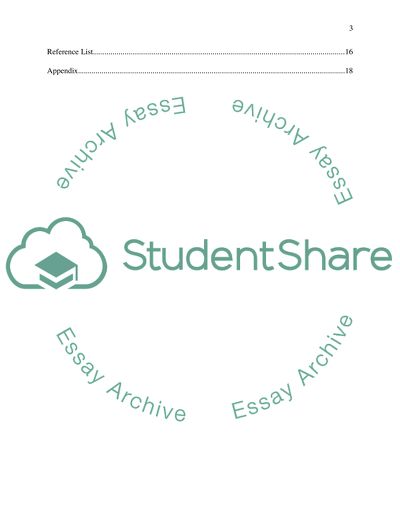Cite this document
(“Strategic Marketing Plan For Red Bull Essay Example | Topics and Well Written Essays - 2000 words”, n.d.)
Retrieved from https://studentshare.org/marketing/1481555-strategic-marketing-plan-for-red-bull
Retrieved from https://studentshare.org/marketing/1481555-strategic-marketing-plan-for-red-bull
(Strategic Marketing Plan For Red Bull Essay Example | Topics and Well Written Essays - 2000 Words)
https://studentshare.org/marketing/1481555-strategic-marketing-plan-for-red-bull.
https://studentshare.org/marketing/1481555-strategic-marketing-plan-for-red-bull.
“Strategic Marketing Plan For Red Bull Essay Example | Topics and Well Written Essays - 2000 Words”, n.d. https://studentshare.org/marketing/1481555-strategic-marketing-plan-for-red-bull.


